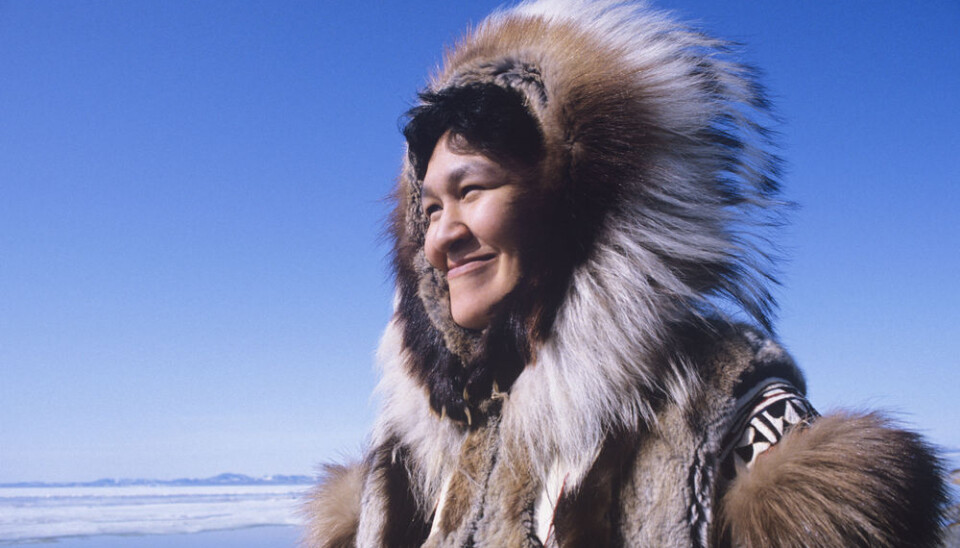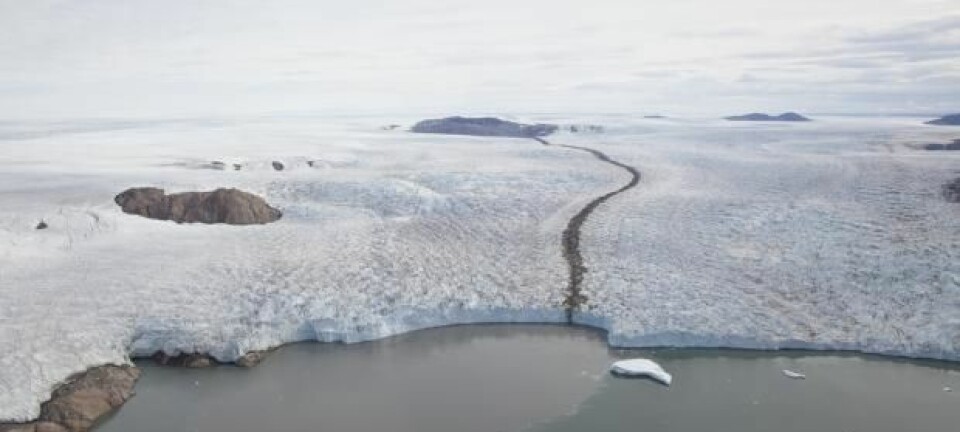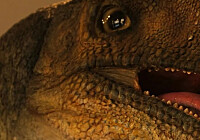
Who were the Greenlanders' ancestors?
A new Danish research project will map the history of the peoples of Greenland and establish who their forefathers were.
Crucial aspects of the Greenlanders' history are a mystery. Even though Greenland has been part of the Danish commonwealth since 1814 there's still a good deal we don't know about the Greenlanders' ancestors like who they were, where they came from, and how they adapted to the extreme climate of the world's biggest island.
We don't even know if we, the Scandinavians, were among their ancestors. Nordic Vikings, who inhabited Greenland and 700 years ago, may have made more than simply sociable visits to Greenland's settlements.
All these unanswered questions will be addressed in a new Danish research project where scientists from the University of Copenhagen plan to conduct a genetic study of Greenland's current inhabitants.
The aim is to chart the history of Greenland's population -- and with it an important cornerstone of Denmark's history.
"The Greenlanders constitute a very small population group which, by reason of its isolation, markedly stands apart in genetic terms from other population groups," says post-doc Ida Moltke from the Department of Biology at the University of Copenhagen who will lead the study.
The Greenlanders may be a mix of many peoples
One of the first questions Moltke wants to answer in her genetic research project is that of the Greenlanders' history.
Archaeological finds have shown that Greenland was first populated by the Inuit in the 13th century. Prior to that, the country was inhabited by people from a variety of cultures that researchers collectively refer as Paleo-Eskimos or pre-Inuit and who entered Greenland in waves over the preceding 3,500 years.
The Paleo-Eskimos disappeared, however, making way for the Inuit who had come all the way from Siberia by Alaska and Canada.
Perhaps the Scandinavian Vikings were keen on Inuit girls
The Inuit may well have come across the Paleo-Eskimo during the latter's final period in the country, which means that the present population of Greenland could be a mixture of different peoples and not solely of Inuit dissent.
However, the Paleo-Eskimos were not the only people the Greenlanders could have among their ancestors.
Vikings sailed from Scandinavia and established settlements in Greenland almost 1,000 years ago and it is not unthinkable they found it difficult to keep their hands off the Greenlandic Inuit girls.
Genetically adapted to an extreme environment
The second part of Moltke's research project concerns the Greenlanders' genetic adaptation, enabling them to survive in an extreme environment.
According to Moltke, we know that humans have adapted to various extreme environments -- but there’s very little understanding of how this occurred in genetic terms.
This applies to adapting to cold, heat, altitude, and various forms of more or less bizarre diets.
The result of the research into the Greenlander’s genes will provide insight into how this kind of genetic adaptation can occur.
"Actually we have no idea how people in the Arctic has been able to adapt to such extreme cold and a diet consisting primarily of fat and protein. These are living conditions entirely different to the ones we live under," says Moltke.
Studying the genes of 4,500 Greenlanders
Moltke's study will involve analysing the DNA of 4,500 Greenlanders, the equivalent of eight per cent of the overall Greenland population, from which she will be able to establish whether DNA from other peoples’ has managed to sneak its way in and when it did so.
She will also analyse the DNA using already existing statistical tools in order to find genetic adaptations which set the Greenlanders apart from what is found e.g. among Europeans.
"The challenge of analysing DNA from the Greenlanders is that they definitely have mixed their genes with Europeans over the last 200 years, which makes it more difficult to establish which genes came from the original Inuit population and which come from Europe. To handle this we need new statistical tools and I, among others, will be developing them," Moltke explains.
Moltke explains the new genetic tools may also be relevant when it comes to studying the genetic history of other population groups that have ancestors from other people's, for example populations in South America.
---------------
Read the original article in Danish on Videnskab.dk
Translated by: Hugh Matthews















